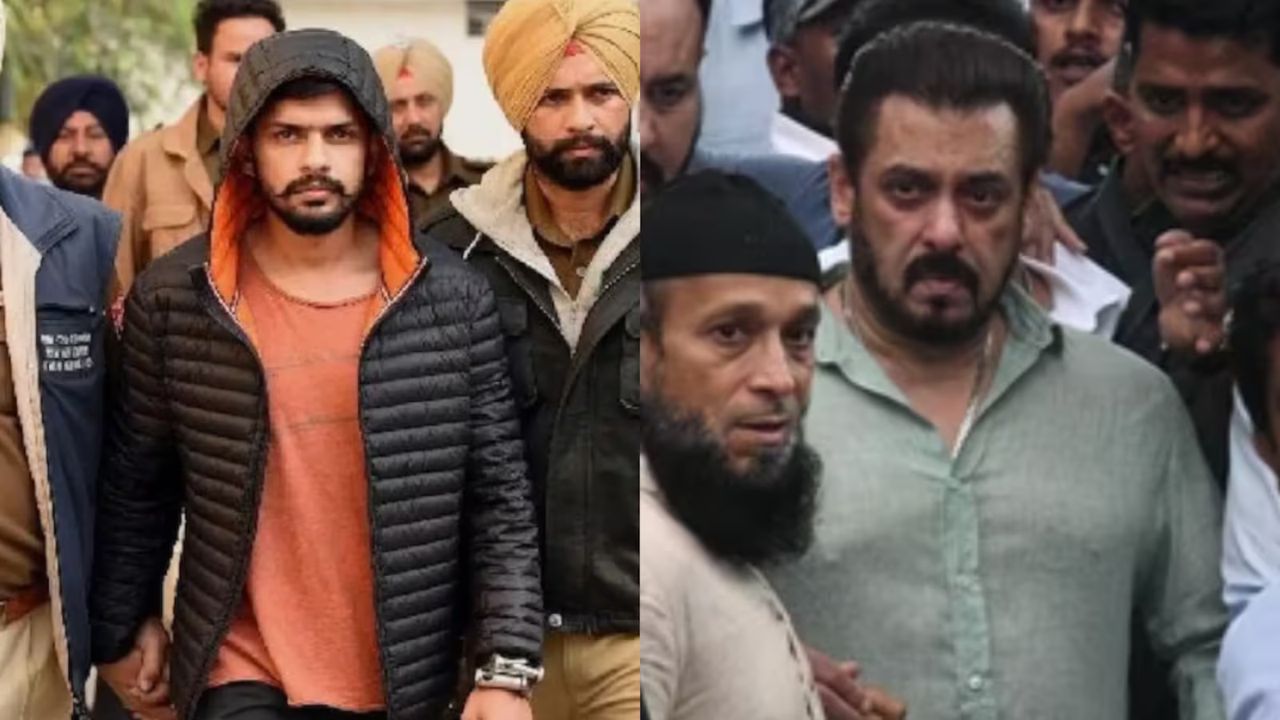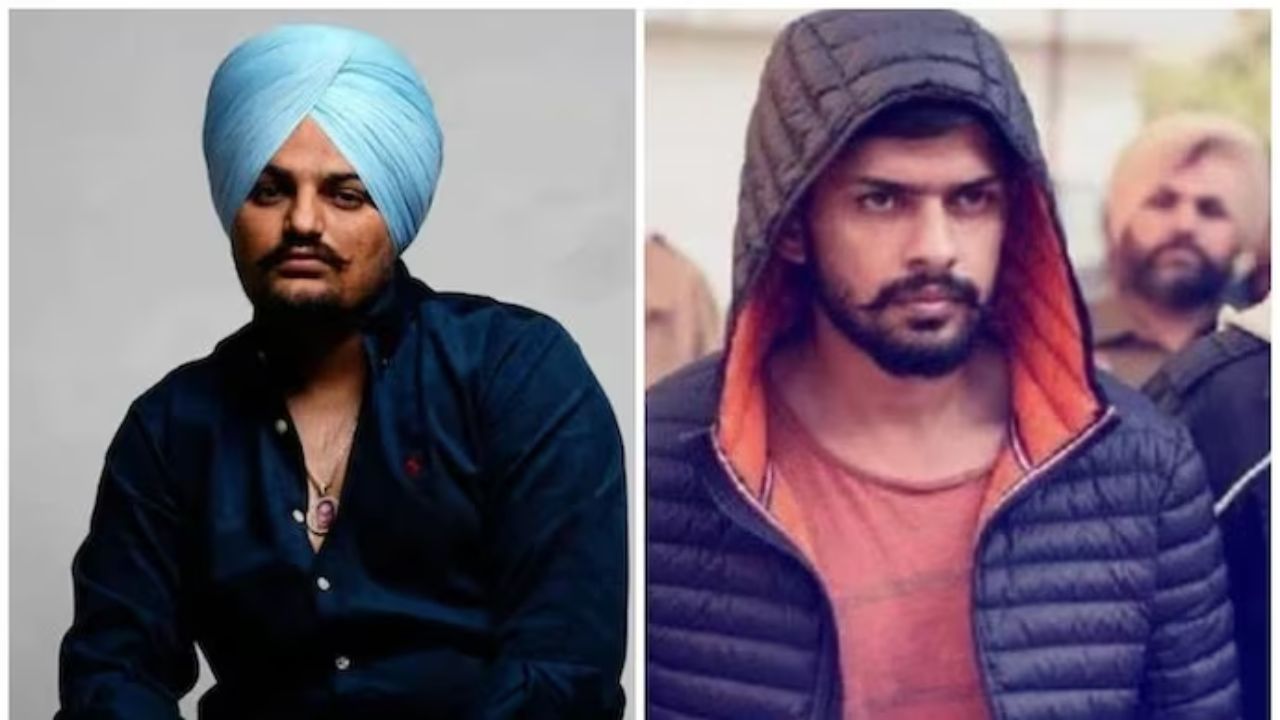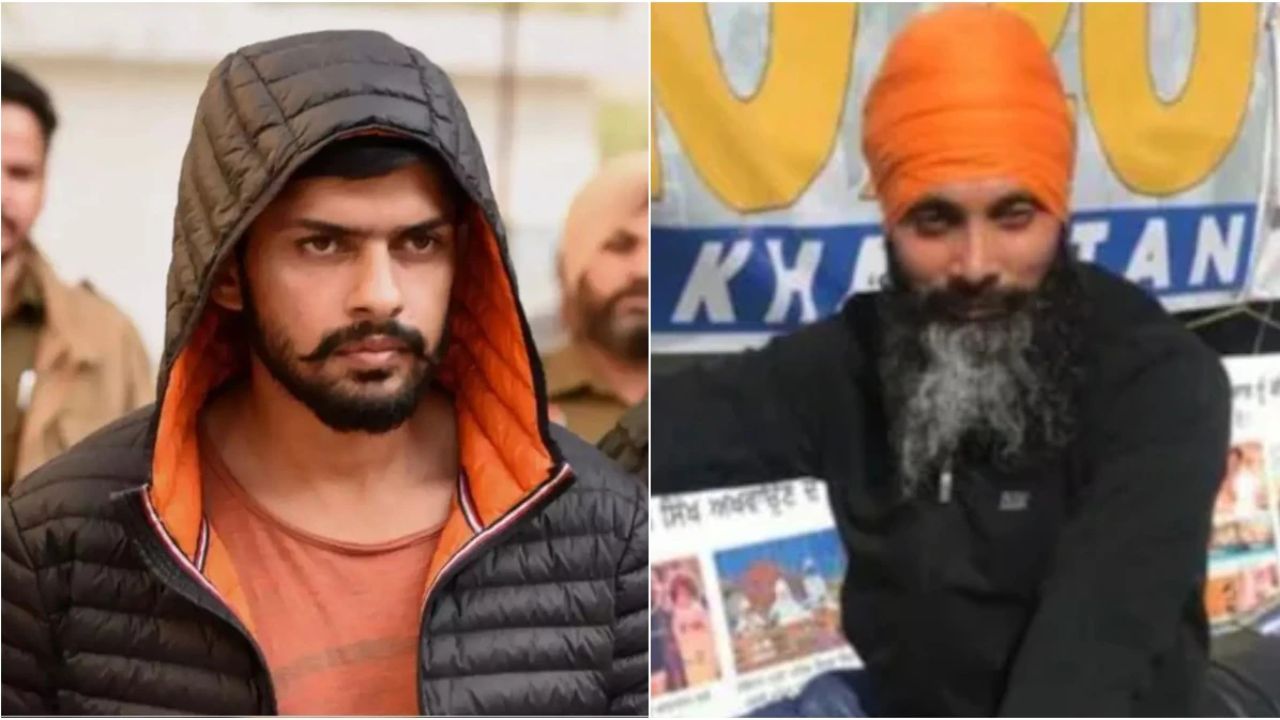The Lawrence Bishnoi Interview: From the hallowed halls of DAV College to the shadowy depths of India’s criminal underworld, Lawrence Bishnoi’s transformation stands as one of the most remarkable cases of criminal evolution in recent history. Known by his real name, Lawrence Bishnoi, and hailing from the Bishnoi caste in the Fazilka district of Punjab, his journey represents a chilling testament to how academic ambition can spiral into organized crime. Who is Bishnoi? He is a former student politician turned crime lord, commanding a network of over 700 operatives across international borders. Despite being unmarried, with no mention of a Lawrence Bishnoi wife in public records, his influence extends far beyond personal relationships.
The rise of this former student politician to become one of India’s most notorious crime lords demonstrates the thin line between leadership and infamy. Despite being imprisoned since 2014, Lawrence gangster Bishnoi’s influence continues to grow through a sophisticated network of operations, challenging traditional notions of criminal enterprise management and law enforcement capabilities. His story, deeply rooted in Lawrence Bishnoi’s history, has become a staple of gangster news, captivating the nation’s attention.
Education and Early Criminal Pathways
From Student to Outlaw
Lawrence Bishnoi’s journey into notoriety began with his move to Chandigarh in 2010, where he enrolled at DAV College. His education path, starting from Lawrence Bishnoi’s school years in Haryana to his college days, played a crucial role in shaping his future. Initially pursuing higher education, Bishnoi quickly immersed himself in student politics, displaying a charismatic personality that drew numerous followers. His time at DAV College marked the beginning of a dark transformation, as campus activities evolved into violent confrontations. Lawrence Bishnoi’s post as a student leader became a stepping stone to his criminal career.
Later enrolling at Panjab University to study law, Bishnoi’s involvement in student politics intensified, leading to his first criminal case for attempted murder. Between 2010 and 2017, authorities registered 16 FIRs against him for various offenses. During this period, he formed alliances with individuals who would become key figures in his network, including Goldy Brar and Sampat Nehra, establishing the foundation of what would develop into one of India’s most notorious criminal enterprises. Lawrence Bishnoi’s education, ironically, became the breeding ground for his criminal aspirations.
Criminal Activities and Network
Building an Infamous Empire
Lawrence Bishnoi’s criminal enterprise grew into a formidable force, commanding over 700 members across India’s terrain. His organization developed a sophisticated network of more than 2,500 hideouts in Punjab alone, demonstrating unprecedented territorial control. Operating through encrypted communications, Bishnoi orchestrated operations from behind prison walls, expanding his influence across international borders into North America, Europe, and the Gulf states.

The gang’s activities evolved from local intimidation to organized crime. By merging with smaller criminal groups and recruiting young men from rural areas with promises of wealth and status, Bishnoi’s syndicate gained significant power. His reputation as a principled figure, coupled with the strategic use of religious imagery, attracted followers across multiple Indian states. The gang’s operations encompassed extortion, targeted assassinations, and economic crimes, establishing Bishnoi as potentially the biggest gangster in India.
Interactions with Salman Khan
A High-Profile Vendetta
The conflict between Lawrence Bishnoi and Salman Khan stems from the 1998 Blackbuck case, which deeply offended the Bishnoi community who consider the antelope sacred. This incident sparked a sustained campaign of intimidation against the Bollywood star, escalating into serious security concerns over the years. The situation drew comparisons to the infamous Dawood Ibrahim Salman Khan feud, adding another layer to the Salman Khan threat narrative.

The intensity of threats increased significantly, with Bishnoi’s gang recruiting 60 operatives to monitor Khan’s movements. Their vendetta manifested through various incidents, including a threatening letter in 2022 and an attempted trespass at Khan’s residence in January 2024. The situation reached a critical point when the gang demanded ₹5 crore to end their enmity, accompanied by detailed assassination plans involving high-powered firearms sourced from Pakistan. These developments led to enhanced security measures around Khan, particularly during his public appearances and television show recordings.
Role in High-Profile Murders
Murders in the Spotlight
Lawrence Bishnoi‘s criminal enterprise gained notoriety through several high-profile assassinations, most notably the Sidhu Moose Wala assassination in 2022. While Bishnoi’s associate Goldy Brar claimed responsibility for orchestrating the murder of the Punjabi rapper from Canada, Bishnoi maintained his innocence despite substantial evidence linking his network to the crime.

The Baba Siddique murder further exemplified the gang’s reach and operational capabilities. The assassination, executed through a complex network of shooters, demonstrated Bishnoi’s ability to coordinate sophisticated hits while imprisoned. His associates Gurmel and Zeeshan Akhtar, recruited through jail connections, carried out the operation using the gang’s signature methodology of careful planning and precise execution.
These killings underscore Bishnoi’s continued influence over his criminal syndicate, despite being behind bars since 2014, and highlight the effectiveness of his operation’s command structure.
Goldy Brar and Other Associates
Pivotal Partnerships
Goldy Brar emerged as Lawrence Bishnoi’s most trusted lieutenant, with their alliance forged during their days at Panjab University. After Bishnoi’s imprisonment, Brar assumed control of the gang’s operations from Canada, demonstrating remarkable organizational capabilities. Their partnership proved instrumental in expanding the gang’s reach across international borders.
The gang’s structure relies heavily on trusted associates managing different territories and operations. From his base in Canada, Brar coordinates the gang’s international activities, maintaining communication through encrypted channels and orchestrating high-profile operations. Despite Bishnoi’s incarceration, their partnership continues to strengthen, with Brar acting as the gang’s primary overseas operator and spokesperson. Their collaboration has resulted in several notorious criminal incidents, including the Sidhu Moosewala murder case, where Brar publicly claimed responsibility while Bishnoi remained in Tihar Jail.
Alleged Links to Pro-Khalistan Groups
Political and Criminal Nexus
Lawrence Bishnoi’s network extends beyond traditional criminal enterprises into complex political dimensions through established connections with pro-Khalistan outfits. The syndicate operates a sophisticated money laundering scheme spanning India, Thailand, and Canada, channeling extorted funds from businessmen and liquor contractors to support Khalistani activities. Their alliance with pro-Khalistan elements serves dual purposes: acquiring advanced weaponry and investing proceeds from criminal operations.

The organization’s recruitment strategy leverages social media platforms to showcase criminal activities and carefully select new members aligned with their objectives. However, conflicting narratives emerge regarding Bishnoi’s role, with Canadian authorities asserting the gang executes contract killings targeting Sikh dissidents under Indian intelligence direction, while Indian investigators maintain the syndicate actively funds Khalistani terror activities. This complex web of allegations highlights the intricate relationship between organized crime and political movements in the region, including Sikh separatism and the broader Khalistan movement.
Impact on the Mumbai Underworld
Shaping the Criminal Landscape
Lawrence Bishnoi’s expansion into Mumbai marks a significant shift in India’s criminal ecosystem. His organization has established a formidable presence across multiple states, employing over 700 operatives and utilizing sophisticated communication networks to coordinate activities from behind prison walls.
The gang’s operations mirror the tactics of infamous Mumbai crime syndicates, particularly in their approach to extortion and contract killings. Their infiltration of Mumbai’s underworld demonstrates a calculated strategy, targeting influential figures like politician Baba Siddique while maintaining strongholds in traditional territories across Delhi and Punjab.
Despite operating from prison since 2014, Bishnoi orchestrates his empire through encrypted messages and Voice over IP calls, showcasing an adaptability that has allowed his influence to grow beyond traditional geographical boundaries. His gang’s presence in Mumbai represents a new chapter in organized crime, blending traditional criminal enterprises with modern technological sophistication.
Current Status and Investigations
Control Behind Bars
Lawrence Bishnoi maintains control over his criminal empire through sophisticated communication networks, despite his incarceration. Many wonder, “Is Lawrence Bishnoi in jail?” The answer is yes, but his imprisonment hasn’t diminished his influence. Operating from within prison walls, he leverages advanced technology, including VoIP calls and video conferencing, to direct his syndicate’s activities. His network of over 700 operatives spans five Indian states and extends internationally, engaging in extortion, drug trafficking, and targeted assassinations.
The criminal mastermind has strategically built powerful alliances, including connections with pro-Khalistan groups, strengthening his operational capabilities. His deliberate avoidance of bail applications serves as a tactical move, allowing him to maintain his command structure while protected within the prison system. This strategy explains why Lawrence Bishnoi is in jail but still wields significant power. Despite heightened security measures and ongoing investigations by the National Investigation Agency (NIA) and RAW (Research and Analysis Wing), Bishnoi’s influence continues to grow, demonstrating the challenges authorities face in curtailing his criminal enterprise’s expansion.
Regional Gang Climate
Current Trends and Conflicts
India’s organized crime landscape has evolved dramatically, with northeast Delhi violence emerging as a critical hotspot for gang-related violence. The Jamnapar area has witnessed a surge in criminal activities, particularly under the influence of notorious gangster Hashim Baba. The Bishnoi gang’s influence has reshaped territorial dynamics, establishing a complex criminal network beyond national borders.
Gang operations have grown increasingly sophisticated, with international coordination becoming commonplace. Criminal syndicates operating from abroad, including figures like Arsh Dalla and Brar, systematically target vulnerable youth through calculated recruitment strategies. The Bishnoi gang’s influence remains paramount despite its leader’s incarceration, orchestrating high-profile assassinations, and maintaining extensive extortion networks. Delhi’s underworld has become particularly volatile, with multiple gangs vying for control and executing brazen operations, as evidenced by recent incidents like the Tilak Nagar shooting.
The rise of gang wars and cross-border operations has prompted authorities to invoke stringent laws like the UAPA (Unlawful Activities Prevention Act) to combat these criminal networks. The involvement of Indian diplomats in addressing the international dimensions of these criminal activities highlights the complex nature of modern organized crime.
The Legacy of a Modern Crime Lord
Lawrence Bishnoi’s criminal enterprise represents a new era in organized crime, where education, technology, and international networks converge to create unprecedented challenges for law enforcement. His ability to maintain control from behind bars while expanding his influence across borders demonstrates the evolution of criminal organizations in the digital age.
The implications of Bishnoi’s rise extend far beyond conventional criminality, intersecting with political movements and international relations. His story, from his origins in Fazilka district, his Lawrence Bishnoi state origin, to his current confinement in Sabarmati Central Jail, is a stark reminder of how modern criminal enterprises can adapt and thrive despite institutional barriers, forcing us to reconsider traditional approaches to combating organized crime. The ongoing Canada-India diplomatic crisis, partly fueled by allegations of cross-border criminal activities and incidents like the Najjar assassination, further underscores the far-reaching impact of Bishnoi’s criminal network on international relations.
Little is known about Lawrence Bishnoi’s father or his early family life, but it’s clear that his upbringing in Punjab’s Fazilka district played a significant role in shaping his path. Despite the lack of public information about his family background, Bishnoi’s journey from a student with promising educational prospects to a feared crime lord continues to fascinate and alarm the public and law enforcement alike.
Read More:- North Korean Troops Set to Aid Russia in Ukraine War, Stirring Global Concerns

